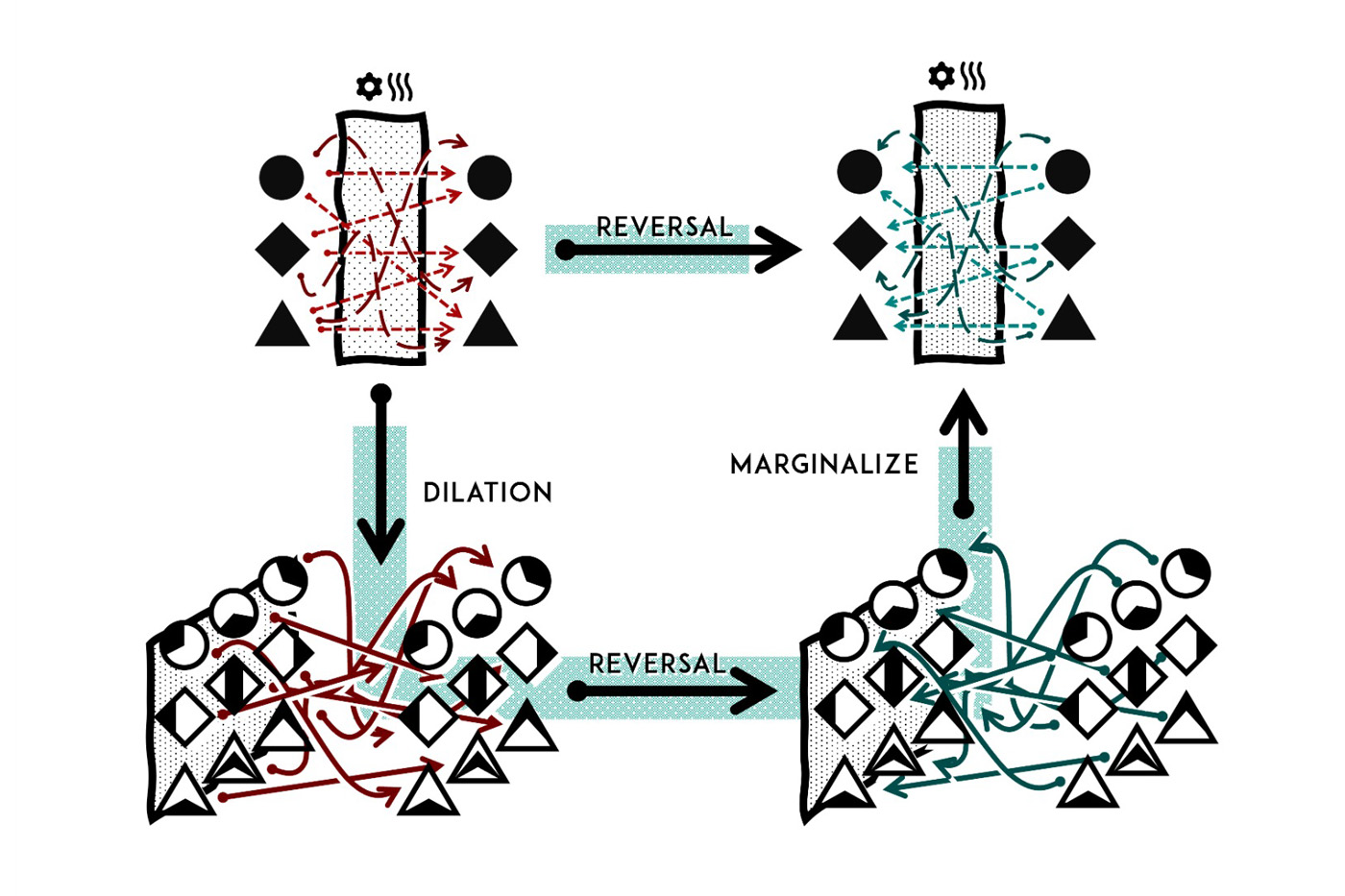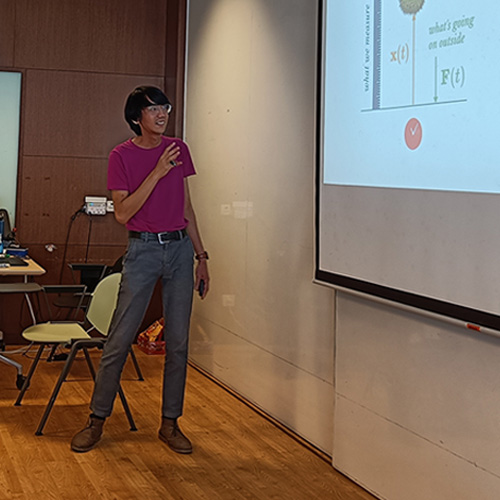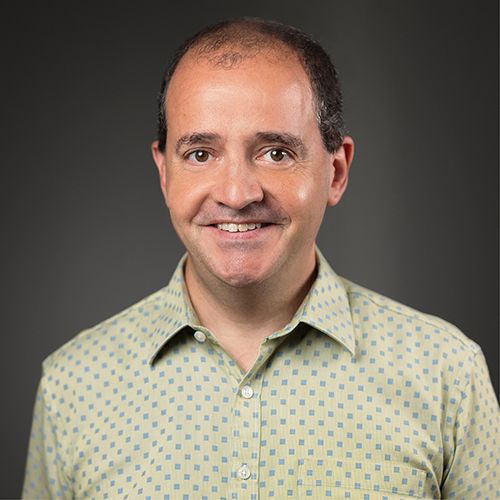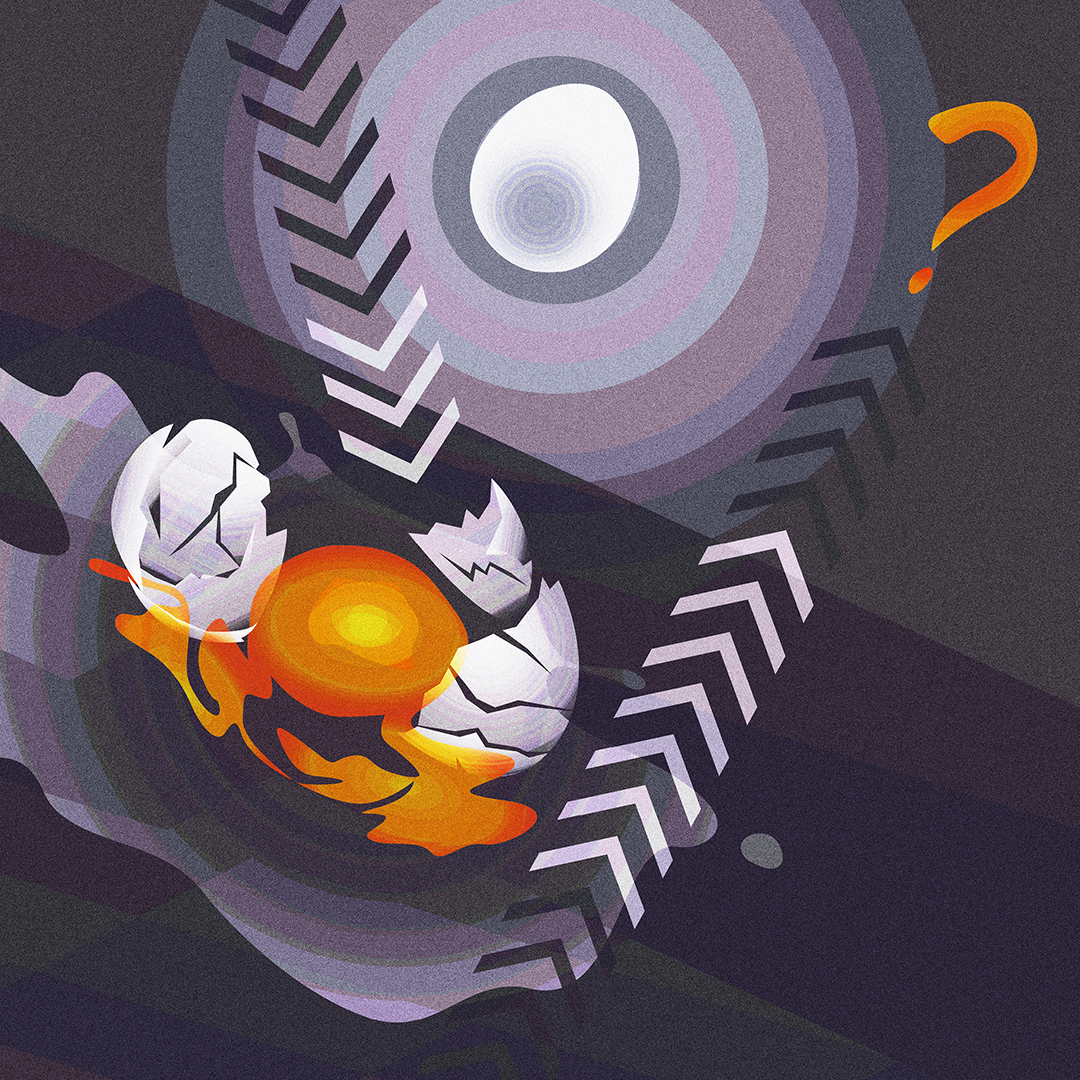Highlights
When is reversal easy?
 How easy is it to reverse a process in physics? In new work, CQT researchers and their collaborator compare two theoretical approaches to define a reverse process. Image credit: Shutterstock.com/Marie Maerz
How easy is it to reverse a process in physics? In new work, CQT researchers and their collaborator compare two theoretical approaches to define a reverse process. Image credit: Shutterstock.com/Marie Maerz
Imagine receiving a message that got scrambled on its way to you. To recover the original message, can you simply reverse the scrambling process? In a new paper published in PRX Quantum on 26 February 2024, CQT’s Clive Aw, Zaw Lin Htoo, Valerio Scarani and their collaborator Maria Balanzó-Juandó at ICFO – The Institute of Photonic Sciences in Spain find conditions where reversing a physical process should be easy.
The concept of reversibility was first studied in thermodynamics. A physical process is said to be reversible when it can proceed forwards or backwards without generating entropy. In information theory, reversibility relates to the retrieval of information about the input from the output.
Identifying processes where information can be easily recovered could be crucial for applications such as quantum error correction. It could also give insights into thermodynamical concepts such as energy conservation and efficiency.
Where processes have a reverse “that can be implemented with the same, or similar, resources,” the researchers say these processes have “tabletop reversibility”.
“Basically, this is when a reverse process is ‘easy’ to put together,” says Clive, who is a CQT PhD student and first author of the work. “I can use whatever I already used to do the forward process, just flipped around. Time reversal is not usually this simple, so when it is, usually there’s some physical significance to notice.”
The bigger picture
Valerio’s group has been studying ways to define reverse processes. Previously, the team found one general recipe – Bayesian tools of logical inference and retrodiction, which are commonly used in statistics. In their new work, they check whether ‘dilations’ give a different perspective on reverse processes.
Consider a system that dissipates heat during a process. This could have happened in many ways. A dilation consists of adding the environment, then describing each possible way in which energy was exchanged between it and the system. These could be a lot of back-and-forth exchanges, just one transfer, or the energy could be exchanged all at the start of the process, or all at the end, uniformly in time, or in occasional bursts. For each description, the reverse process – the energy exchange watched backwards – is also defined. Then the environment is removed which gives the reverse process, the net effect of all the possibilities, on the system alone.
Clive says, “There was a strong intuition that dilation gives more information which would make it easier to define the reverse process. A further question was whether different dilations would result in different models of the reverse process.”
 This is a pictorial representation of the two methods analysed by the researchers. The top route depicts a Bayesian approach while the bottom route includes an environment, or dilation. Image credit: PRX Quantum 5 010332
This is a pictorial representation of the two methods analysed by the researchers. The top route depicts a Bayesian approach while the bottom route includes an environment, or dilation. Image credit: PRX Quantum 5 010332
The researchers compared what happened when they applied Bayesian retrodiction just to the forward process, versus when they applied the approach to the forward process dilated with the respective environment.
Towards tabletop reversibility
Contrary to expectations, the researchers found that both approaches to reverse processes are the same. This also means that having different dilations makes no difference for reversal. Clive says, “This represents a kind of logical consistency. If we have the same forward process despite having different dilations, we will agree on the reverse process.”
The dilation approach still offers a very useful point of view, since it allows to keep track of the correlations formed between the system and the environment as the forward process occurs. The researchers realised that where no correlations, such as quantum entanglement, were formed, the reverse process is tabletop reversible. The system and environment may both change through the process, but the absence of correlations means that the system’s state cannot be inferred from the environment’s and vice versa.
The researchers plan to study more processes. “We know that every process where no correlations are formed can be tabletop reversible, but interestingly the converse doesn’t hold,” says Lin. “We have yet to fully characterise this converse: tabletop reversible processes with correlations.”
Learn more
Related Stories
 | Meet a CQTian: Zaw Lin Htoo September 16 2022 |
 | Meet a CQTian: Valerio Scarani September 12 2022 |
 | Logic can replace physics in deriving fluctuation relations May 06 2021 |






